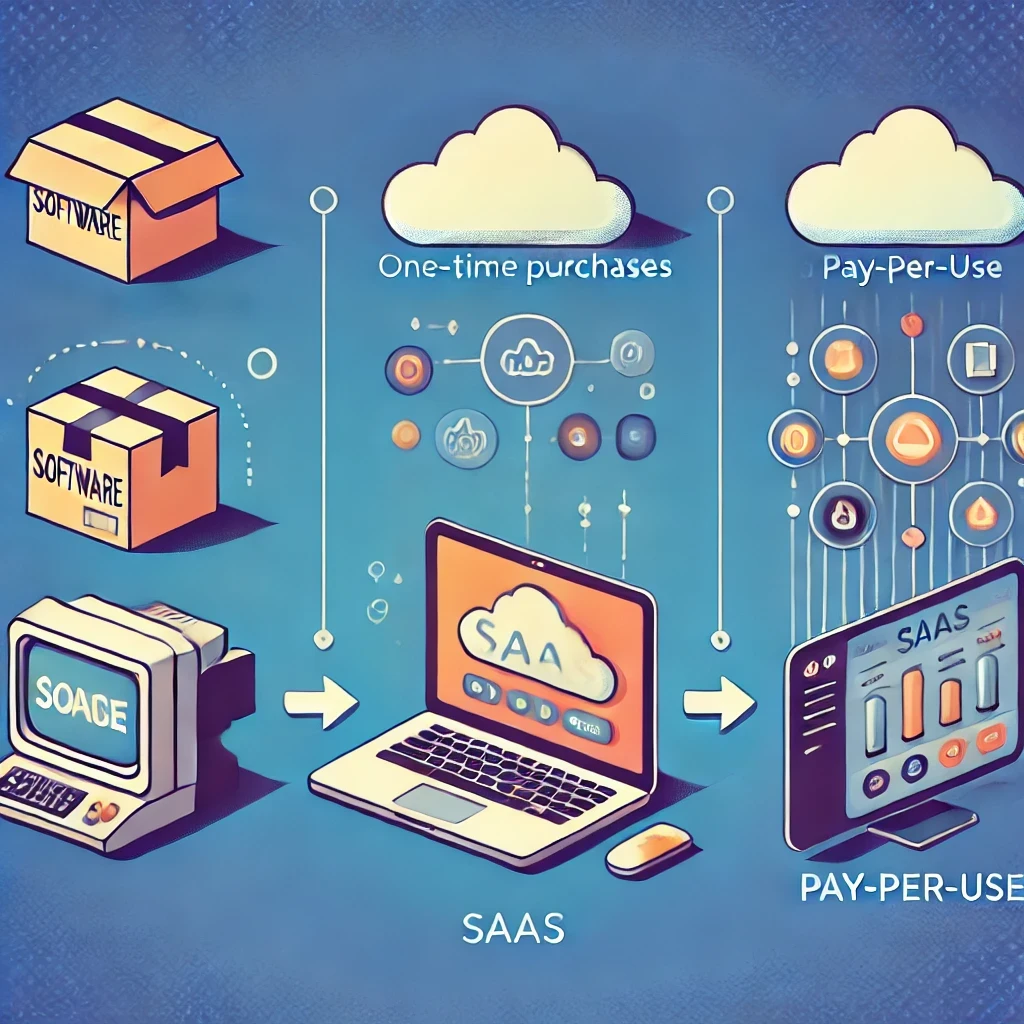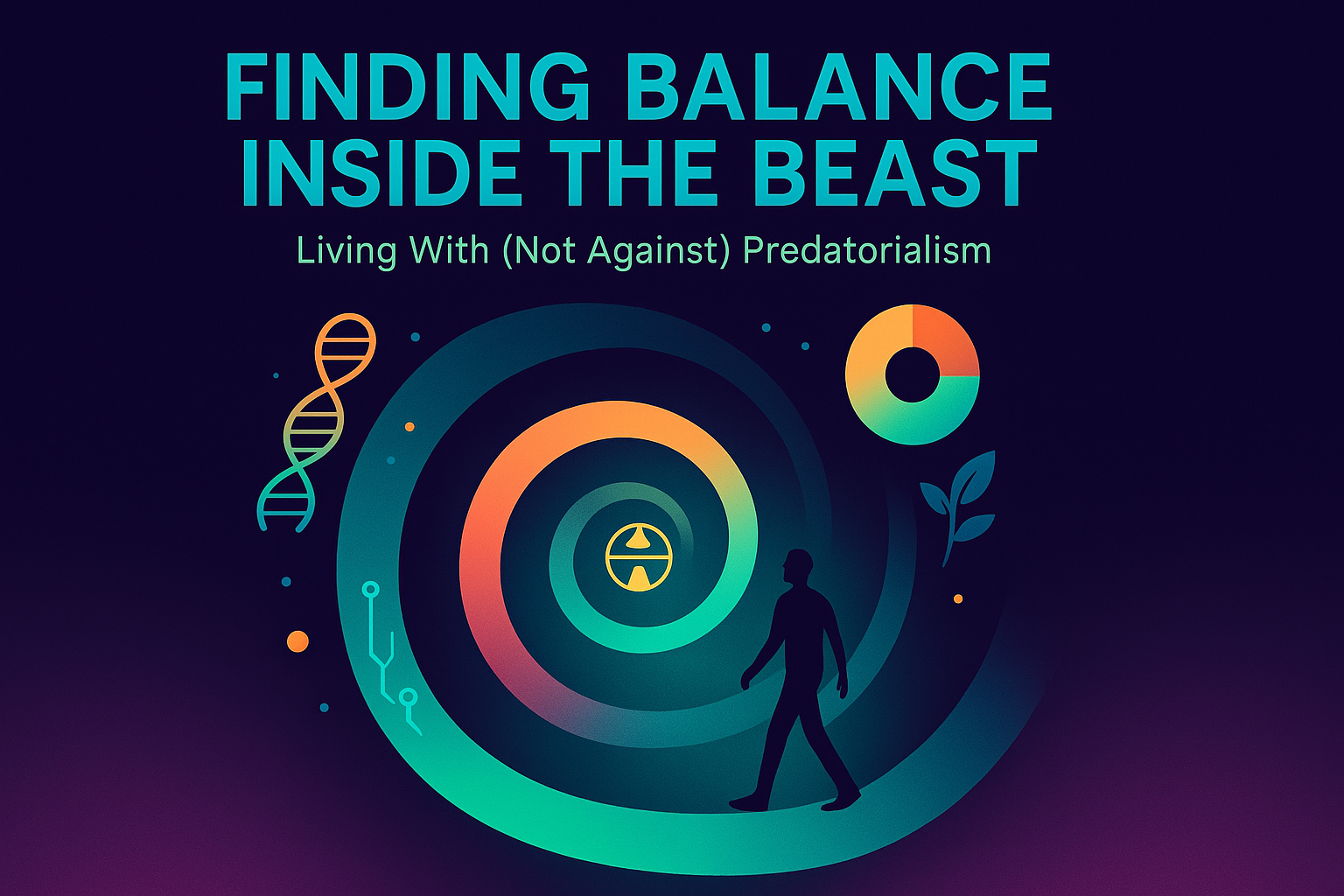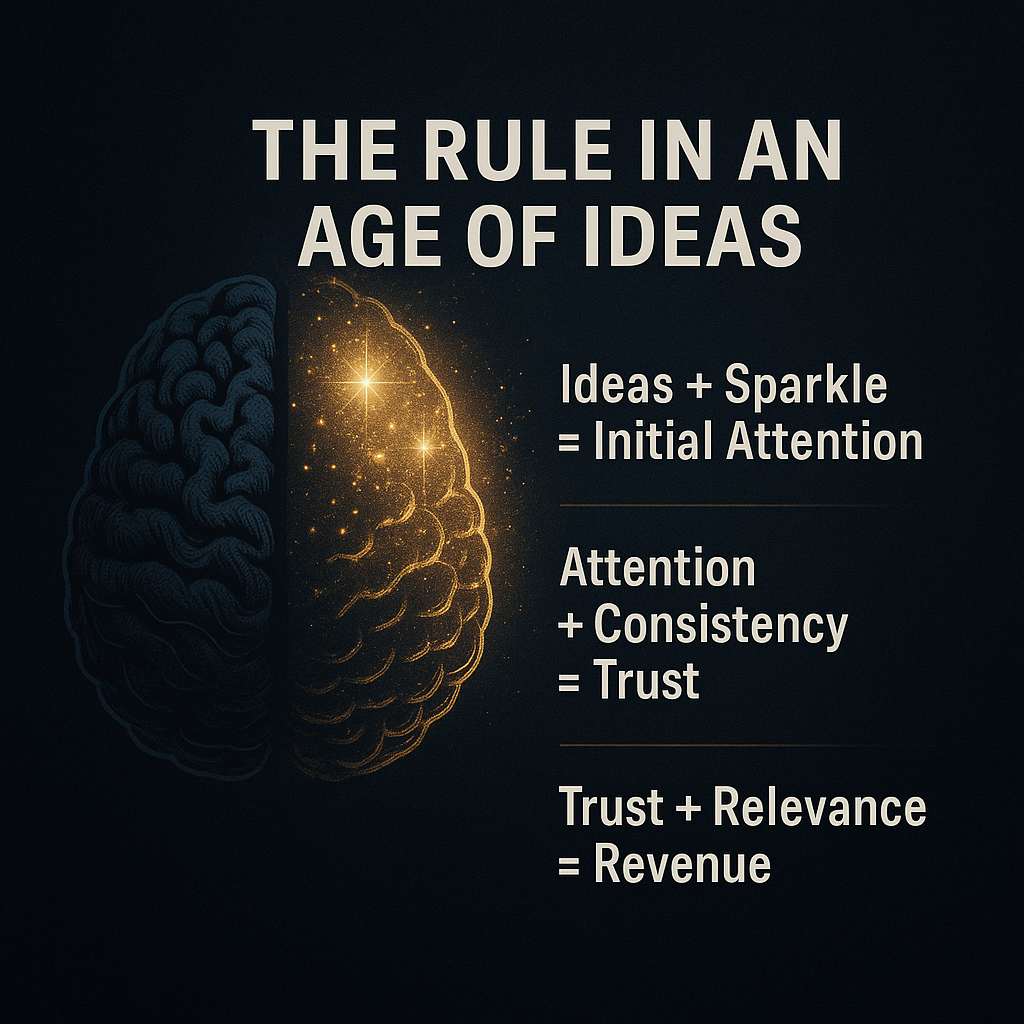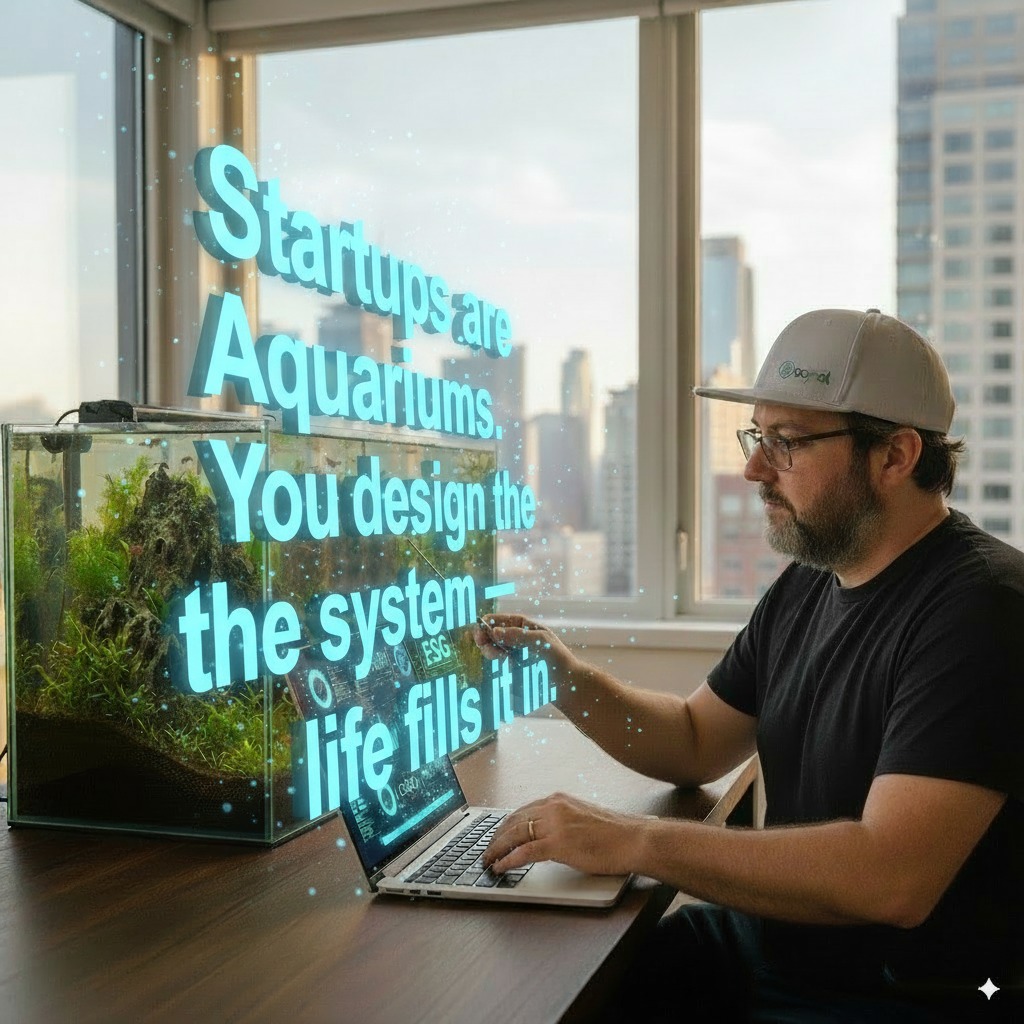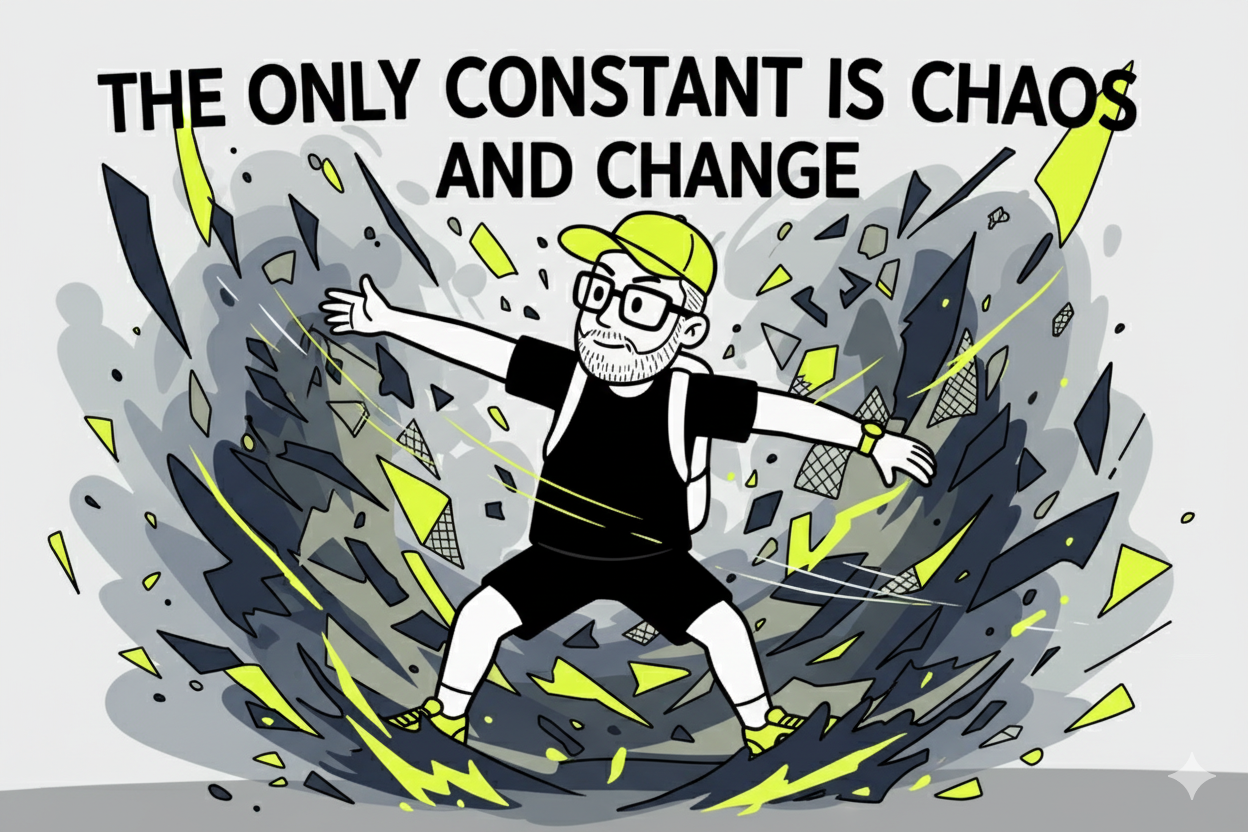The Evolution of Software Business Models: From Pay-Per-Box to Pay-Per-Use
Software monetization has undergone a fundamental transformation over the past few decades. From one-time purchases to subscriptions, and now towards usage-based pricing, these changes reflect shifts in customer expectations, technological advancements, and business dynamics. Understanding this transition is essential for predicting the future of software and how companies can adapt.
Phase 1: Pay-Per-Box (Perpetual Licensing & On-Premise Software)
Era: 1980s – Early 2000s
The earliest form of software distribution was the one-time purchase model, also known as perpetual licensing. Users bought a physical copy of the software (often on CDs or floppy disks) and installed it on their own computers.
Characteristics:
- Upfront costs: Customers paid a large one-time fee for lifetime usage.
- Manual updates: Users had to buy new versions for improvements.
- On-premise deployment: Installed directly on computers or company servers.
- Limited scalability: Businesses had to manage installations, maintenance, and security themselves.
Examples:
- Microsoft Office (before Office 365)
- Adobe Photoshop (before Adobe Creative Cloud)
- Enterprise software like SAP & Oracle sold via perpetual licensing
This model favored software vendors, ensuring high upfront revenue, but was expensive and inflexible for customers. The high cost also encouraged software piracy.
Phase 2: Pay-Per-Timeframe (Subscription-Based SaaS)
Era: Early 2000s – Present
The rise of cloud computing led to the emergence of Software-as-a-Service (SaaS), where software was hosted remotely and accessed via the internet. Instead of a one-time purchase, customers paid recurring fees (monthly or annually) to use the software.
Characteristics:
- Lower upfront costs: Businesses paid smaller, ongoing fees instead of large upfront investments.
- Automatic updates: No need for manual installations—new features were rolled out seamlessly.
- Cloud-based accessibility: Users could access software from any device.
- Scalability: Companies could adjust plans based on usage or team size.
Examples:
- Microsoft Office → Office 365 (Subscription Model)
- Adobe Photoshop → Adobe Creative Cloud
- Salesforce (Cloud-based CRM)
This model benefited both vendors and users: vendors enjoyed predictable revenue streams, while users had flexible access to software without large initial investments. However, the proliferation of SaaS led to subscription fatigue, where businesses were overwhelmed by the number of recurring fees they had to manage.
Phase 3: Pay-Per-Use (Usage-Based Pricing & AI-Driven Models)
Era: Emerging
As cloud costs rise and businesses seek more efficiency, the next evolution is shifting toward usage-based pricing, where customers only pay for what they consume. This model is already widely used in cloud computing (AWS, Azure, Google Cloud) and is now extending to traditional SaaS.
Characteristics:
- Dynamic pricing: Costs are based on actual usage rather than flat subscription fees.
- AI-driven efficiency: Software optimizes resource allocation and pricing in real-time.
- Lower waste: Businesses avoid paying for unused features or licenses.
- Embedded & API-first software: Instead of separate SaaS tools, software is built directly into workflows.
Examples:
- Cloud computing: AWS, Azure, Google Cloud charge for server usage per second.
- AI-powered tools: OpenAI charges per token for API access instead of fixed fees.
- Embedded software: Instead of using a separate invoicing platform, businesses integrate payment APIs directly.
This model benefits users, who get better cost control, but challenges vendors, who lose predictable revenue streams unless they adapt pricing strategies effectively.
What Comes After SaaS?
As Pay-Per-Use models evolve, SaaS itself is undergoing disruption. Future software business models may include:
1. AI-Native Software (Autonomous Software)
- AI agents will replace traditional SaaS tools, dynamically handling tasks without requiring manual input.
- Instead of paying for a SaaS dashboard, businesses will use AI models that execute functions on demand.
2. Decentralized & Blockchain-Based Apps (dApps)
- Some software applications may run on decentralized blockchain networks, reducing dependency on centralized SaaS providers.
- Smart contracts will automate pricing and service agreements.
3. Embedded & API-First Software
- Companies will stop paying for standalone SaaS tools and instead integrate modular APIs that charge per request.
4. Hybrid Pricing Models
- A mix of subscription + usage-based pricing will emerge, balancing predictability with flexibility.
Conclusion: The End of SaaS as We Know It?
The shift from Pay-Per-Box → Pay-Per-Timeframe → Pay-Per-Use is transforming how businesses consume software. SaaS disrupted traditional software sales, but now AI, automation, and cost-efficiency demands are disrupting SaaS itself.
While SaaS won’t disappear, it will become more automated, embedded, and invisible, moving towards a future where software is consumed only when needed, rather than through static subscriptions.
For businesses and software vendors, adapting to this shift will be critical for staying competitive in the next phase of software evolution.
